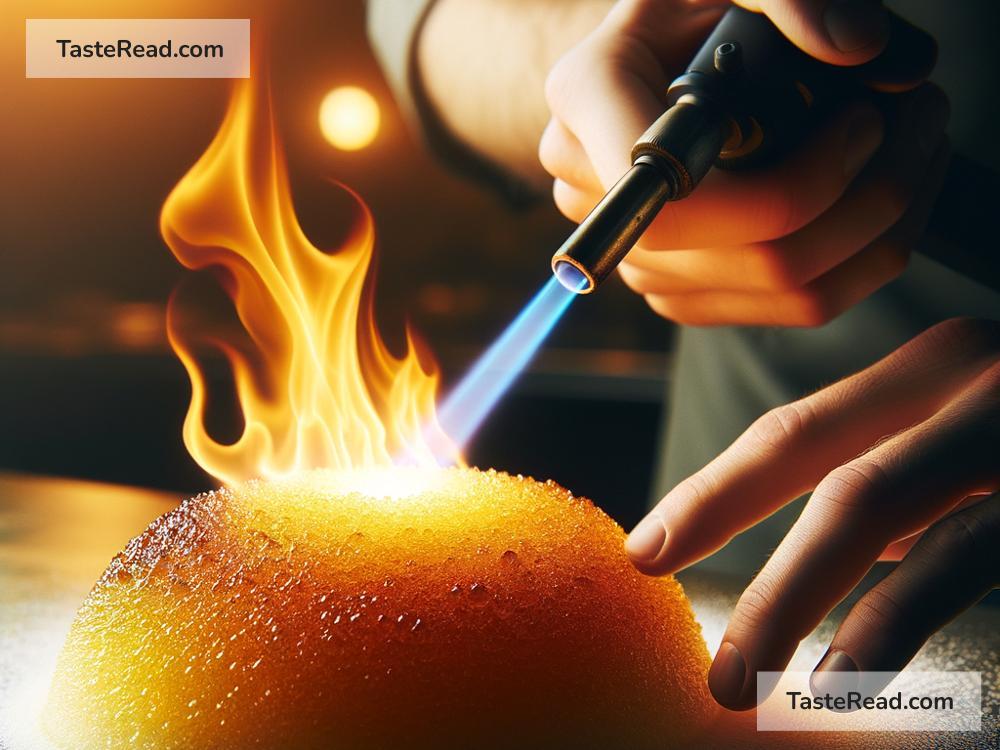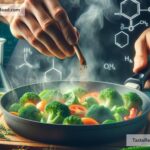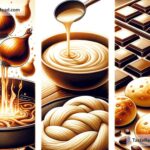The Science of Cooking with Photochemistry: Techniques and Tips
Cooking has always been a blend of art and science. From creating the perfect caramel to baking fluffy bread, multiple chemical processes occur in the kitchen. But what if we told you that light – yes, actual light – could be harnessed to transform your cooking? Welcome to the exciting world of cooking with photochemistry!
Photochemistry is the branch of chemistry devoted to studying how light can trigger chemical reactions. While many people associate photochemistry with solar cells or even glowing plants in laboratories, it also has remarkable applications in food preparation. Using light to cook or enhance food may sound like futuristic science fiction, but it’s a growing area in culinary innovations.
Let’s dive into the basics of photochemistry and how you can use it in the kitchen, with simple techniques and tips to start experimenting.
What Is Photochemistry?
Photochemistry works by harnessing photons – the tiny particles of light – to activate or accelerate chemical reactions. When light interacts with certain molecules, it energizes them, causing changes in their chemical structure. In cooking, this process can be used to modify textures, flavors, and colors in food.
For example:
– UV, infrared, and visible light can help caramelize surfaces, speed up fermentation, or even kill harmful bacteria.
– Light can change pigments, resulting in vibrant colors for plating and presentation.
– Photosensitive ingredients can be manipulated for creative culinary techniques.
Essentially, photochemistry allows certain reactions to occur without traditional heat or mechanical methods. That means you can add a whole new tool to your cooking arsenal: light.
How Can Photochemistry Improve Cooking?
-
Flavor Enhancements: Exposure to specific wavelengths of light can modify molecules responsible for flavor. For instance, UV light can enhance umami notes in food or reduce unwanted bitterness.
-
Healthier Cooking: Photochemical treatments can reduce harmful compounds, like bacteria or pesticides, without overcooking food or stripping nutrients.
-
Preservation & Safety: Photochemistry can be used to deactivate harmful microorganisms, ensuring that food stays fresh and safe to eat for longer. Some chefs even use sterilizing light to perfect raw dishes safely.
-
Aesthetic Innovation: Photochemistry allows chefs to work with color-changing reactions using light. Imagine serving a dessert that shifts its hue when exposed to ultraviolet light – truly an Instagram-worthy creation!
Photochemical Techniques to Try in the Kitchen
Now that you’re excited about the possibilities, let’s get practical. Here are some photochemical cooking techniques anyone can try, whether you’re a beginner or an expert:
1. UV Light for Surface Sterilization
Ultraviolet light has been used in the food industry for years to purify and sanitize surfaces. At home, UV light lamps or handheld wands can be used to treat fruits, vegetables, and even meat slices before cooking. This reduces bacteria without losing flavor or freshness.
Tip: Use UV light on foods you plan to eat raw, like sushi or salads, to decrease foodborne risks.
2. Using Light to Caramelize
Certain wavelengths of light, like infrared, can stimulate the natural sugars in food. This creates a caramelized effect without needing high-temperature ovens or open flames. Shine infrared light on the surface of fruits like bananas or apples to create a golden-brown crust for unique desserts.
Tip: Infrared caramelization works beautifully for marshmallows and crème brûlée – give it a try!
3. Colored Light for Presentation
Ever heard of chlorophyll extracts or butterfly pea tea changing color with acidity? Take this idea a step further by using photochemistry to adjust food colors with light exposure. For example, you can use UV light to “charge” certain pigments, making your dishes glow or shift tones.
Tip: Serve your color-changing creations in dim settings or use blacklight to wow your guests.
4. Photochemical Fermentation
Light can be used to accelerate fermentation processes for food like yogurt or kimchi. Special LEDs or UV lamps at specific frequencies energize the microbiological cultures, speeding up the process or enhancing flavor pathways.
Tip: DIY enthusiasts can try exposing their fermentation jars to controlled light conditions (low-energy UV light and indirect sunlight work best to avoid damaging cultures).
Safety Precautions
While photochemistry is exciting, it’s essential to use light responsibly:
– Avoid Overexposure: Too much UV light can damage food structure (or your skin). Always follow device instructions carefully.
– Food-Safe Equipment: Use lights specifically designed for food applications.
– Understand Limitations: Photochemical reactions require precise control, so experiment in small batches before applying techniques to larger meals.
The Future of Photochemistry in Cooking
Scientists and chefs alike are exploring endless possibilities for using light in food preparation. Imagine baking bread that is entirely risen and cooked by light, or creating sauces that fluoresce on your plate! Some restaurants are already incorporating photochemistry into molecular gastronomy, proving that this method isn’t just limited to laboratories.
While at-home cooking with photochemistry might not replace traditional ovens or stoves yet, it opens a fascinating realm of culinary creativity. It’s not just about the taste or smell anymore; food is becoming an experience that appeals to all senses—even sight and interaction.
Conclusion
The science of photochemistry provides new ways to approach cooking, with light as a transformative tool. From caramelization and fermentation to preservation and safety, photochemical techniques can elevate your culinary creations. Experiment in small and playful ways, keep safety in mind, and embrace this innovative mix of science and cooking.
Who knows? Maybe the next time someone asks, “What’s cooking?”, you’ll confidently answer: “It’s light!”


